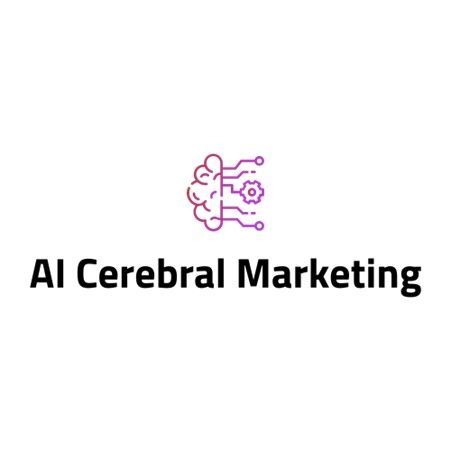What The Best Practices For SEO In 2025?
What are the best practices for SEO in 2025?

In 2025 the way people get noticed online has totally shifted. Success now leans on three big ideas: a tidy website, putting the visitor first, and using the new AI tricks. Managers need to know why each idea matters and what they can actually do. Below is a quick look at how technical health, user experience, and AI work together to move the numbers, plus some steps leaders can try right now.
First, the site has to simply work. If pages load slow, visitors bounce. Search engines see the slowness too and drop the ranking. Tiny or mis‑sized images, old servers that lag, broken links that dead‑end a journey – these tiny bugs kill traffic. A simple routine can cut the risk: run a quick test each month, catch the common errors, set alerts for crawl problems so the same mistakes don’t happen twice. Add schema‑code tags, not magic but clear little notes that tell the robot what a page is about. These aren’t fancy projects, they’re basic chores that, if treated as priorities, keep the traffic steady and free the team to grow.
Next, think about the visitor. Measure what people actually do. Do they stick around longer than a minute? If not, the page probably needs a revamp. Most users are on phones, so a mobile‑first layout is a must and the design should be checked on real devices, not just in a simulator. Write headings short, break text with bullets, add clickable pictures for deeper detail. Every writer should start with the question, “What is the visitor really asking?” and then answer it straight, instead of guessing what Google might like. The chain is simple: a natural experience makes people convert, and those clicks, time on page and engagement become signals that search engines read as value.
AI tools are no longer just a tech‑team toy. Modern AI can scan the whole site, point out topics you never covered, suggest rewrites that sound like a human, and pull together lists of low‑performing pages. But don’t let automation replace judgment – AI can’t decide what’s most important for the business. Managers should get AI suggestions in plain language, not cryptic spreadsheets, and be ready to answer the CEO’s “what will this cost?” by linking an AI tweak to likely extra leads or sales. Use AI to make a set of candidate changes, then let human sense set the priority and budget.
Rankings alone are pretty vanity. They often miss actual revenue. Track high‑intent visitors who fill a contact form, the conversion rate from organic traffic, and the money that can be traced back to a search query. Treat those numbers as the north‑star for product, sales and marketing teams. Drops in these metrics will warn you sooner than a dip in rankings and keep the focus on real business outcomes instead of just chasing a spot on the chart.
In short, SEO in 2025 isn’t a one‑time checklist. It’s a mix of clean technical work, a visitor‑first mindset, and smart AI use. Give one person ownership. Start with a site audit, clean up the user path, try an AI tool on a small batch of pages, and begin tracking real business results. When those three pieces line up, growth will follow.








